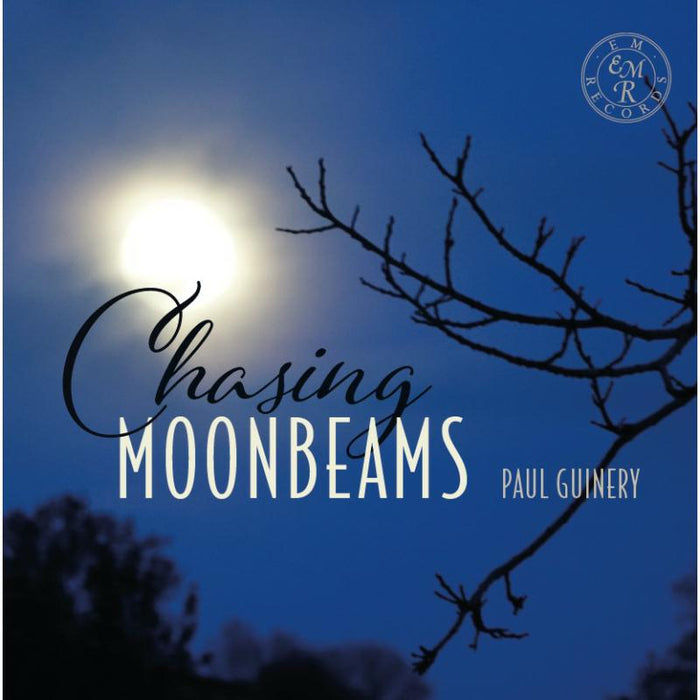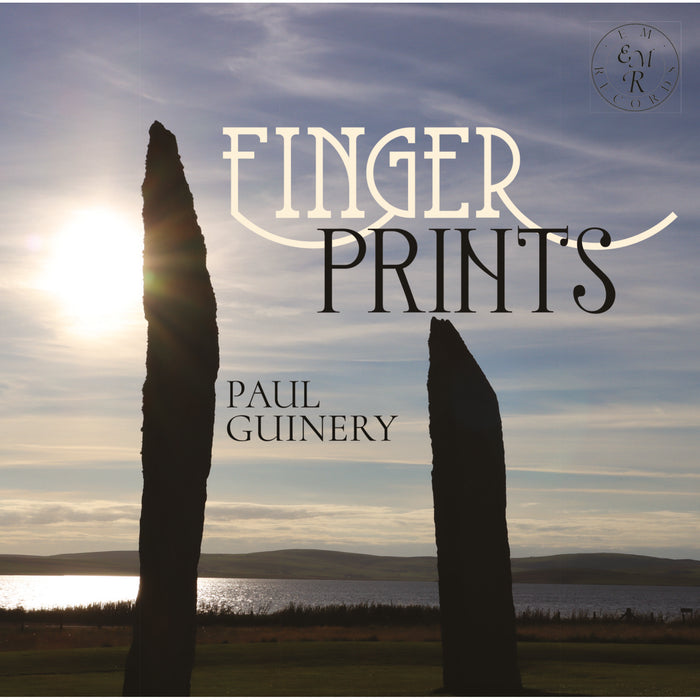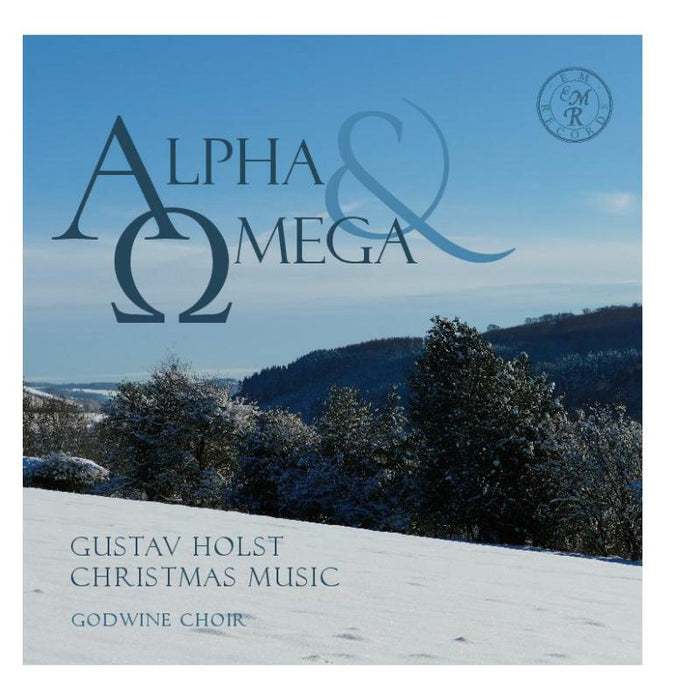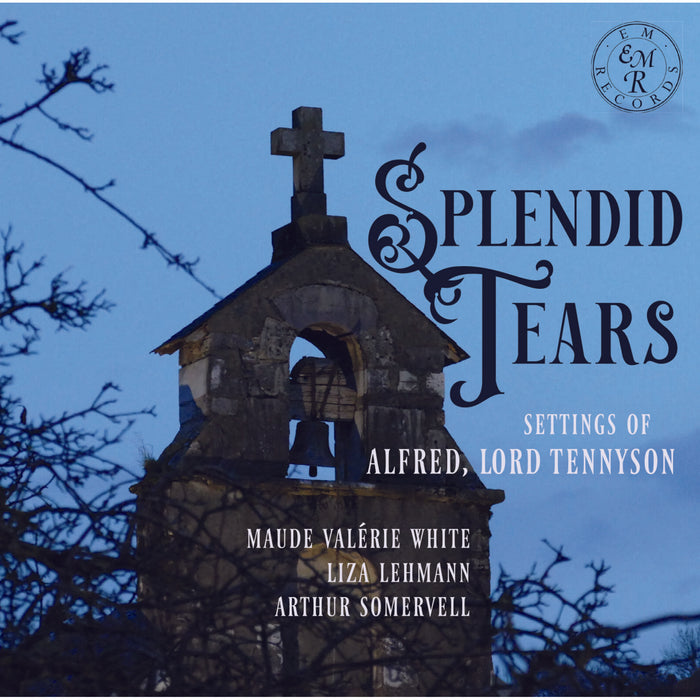Description
A perusal of a catalogue of English-language musical settings quickly reveals the powerful attraction composers have had to the verse of Tennyson.
This recording offers three world premieres, being the first-ever recording of the four Maude White songs, and the first recordings by a tenor of the two significant cycles by Lehmann and Somervell.
The poetry is rich in imagery, playing upon the threads of grief, love, redemption, and, perhaps most important to the settings on this disc, inner turmoil. The longer poems present narratives with strongly drawn characters and narrative arcs befitting a song-cycle; it is no wonder that the three composers represented on this disc-Maude White, Arthur Somervell, and Liza Lehmann-could not resist trying their hand at setting portions of two of Tennyson's best-known works, In Memoriam and Maud.
The former poem, In Memoriam, was one of Tennyson's most popular works during his lifetime, exploring the range of emotions that fan out from the central feelings of grief after the passing of a loved one. Tennyson's musings on death, eternity, light, and darkness suited the morbid obsessions of the Victorian era, particularly after the death of Prince Albert and the resulting protracted mourning modeled by Queen Victoria, who was said to adore the poem. Maud is in its own way a similarly brooding work, a tale of a young man's unhealthy obsession with his young neighbor and the ensuing death and madness that results.
Maude White and Liza Lehmann had very different responses to In Memoriam. White works in a tight, perhaps more old-fashioned frame, selecting only four cantos and setting them to rather Mendelssohnian accompaniments. (One can hear echoes of the Fugue in E Minor op. 35 no. 1 at the end of the fourth song, for example.) Her "Four songs" are not a cycle, but rather four individual numbers. Lehmann, fresh off of the triumph of her major vocal quartet In A Persian Garden, was more ambitious. Portions of Tennyson's cantos that have been elided and placed next to one another, sometimes out of order, to create a flowing yet lengthy cycle, with an optional spoken epilogue that seems to speak to Lehmann's dramatic temperament. Lehmann's writing for the piano embraces thunderous octaves and rippling arpeggios, while the singer is given long, emphatic phrases that drive home Tennyson's words so that no neophyte in the audience could possibly miss them.
For his part, Arthur Somervell did much cutting in arranging his musical setting of Maud, but created a successful dramatic flow that maintains the rising hysteria of the original, reaching fever pitch with a setting of "Come into the Garden, Maud" that is much more ecstatic than the more familiar, yet staid, setting by Victorian composer Michael Balfe. The overall effect of the cycle brings to mind the viewing of a dramatization of the poem through a stereoptican; we see the narrator's father lying dead in the harsh stone hollow; pure young Maud in church; the gently twittering birds of the high hall-garden; and ultimately the departure of the narrator for the Crimean War and hopefully redemption. The music occasionally brings to mind Somervell's primary Germanic models of Schubert and Schumann, but Somervell gives the music a sweep and power that is all his own.
'Though White draws openly on Schumann and Mendelssoh for her melodic twists, these songs rise well above the level of parlour ballads' – BBC Music Magazine (4 stars)
'The Lehmann cycle is surprisingly dramatic, the opportunities for piano quite considerable. A song such as When on my Bed the moonlight Falls is sensitively shaped, the music reflective and introspective. The piano trills in Wild Bird, Whose Warble, Liquid Sweet are deftly done and throughout Masters' playing is admirably sensitive to nuance, atmosphere and colouration.' – Music Web International
















